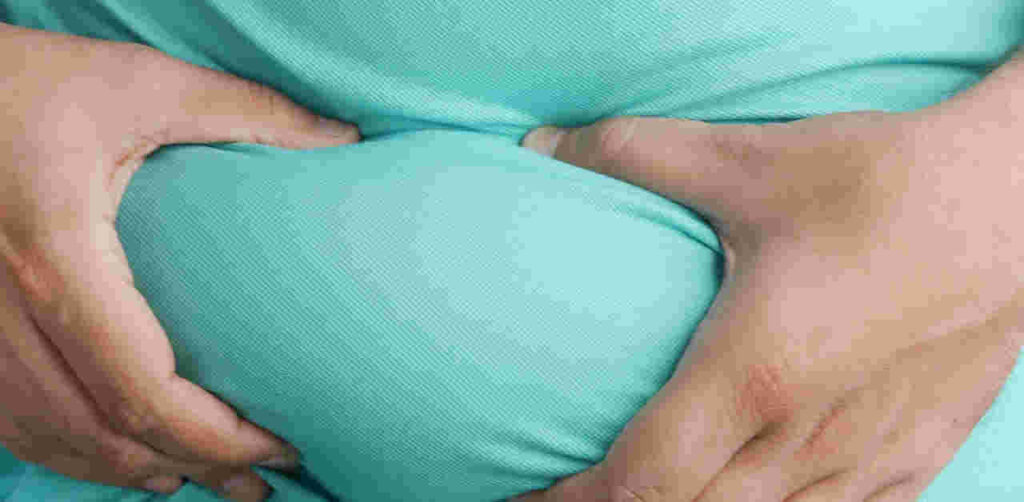Diet and nutrition tips to get a flat stomach once and for all
Published by: AARP
Researchers agree: Belly fat, specifically something called visceral fat, is harmful to your health. This fat in the belly area can lead to health problems including cardiac disease, type 2 diabetes, cancer, dementia, and stroke. What’s more, it’s an indicator of premature death.
Exercise to get rid of belly fat
Experts say the only way to get rid of belly fat is a comprehensive lifestyle approach that incorporates both diet and exercise. “The ideal approach involves addressing your overall lifestyle, including eating a balanced diet of whole, naturally fiber-rich foods, being regularly active, prioritizing sleep, not drinking excessively, and managing stress,” says Cynthia Sass, a private practice dietitian who works with clients long distance and specializes in nutrition for mental and physical performance and longevity.
Regular, consistent cardiovascular, or aerobic, exercise like walking, running and swimming has been shown to help burn calories and some fat. But high-intensity intermittent exercise (HIIE) — also referred to as high-intensity interval training (HIIT) — is a more efficient way of exercising, getting more results in less time.
HIIT is a form of cardiovascular exercise that alternates between short bouts of high-intensity and low-intensity exercise for the duration of the workout, which is usually 30 minutes or less. This type of interval training includes walking or running at a slow pace, then speeding it up, then repeating. It can also include aerobic, boot-camp-style cycling, or any classes that alternate between slower to moderate-intensity and high-intensity movements.
Cut down on sugar
Sugar — particularly hidden sugar in the diet — is one of the leading causes of fat and specifically belly fat, according to Promaulayko. “Excess sugar is a major driver of belly fat and fat in general because we only need very little for energy. The rest is stored as fat. And the fact is, we’re getting way more than we need via added and hidden sugars,” Promaulayko says. “We’re only supposed to be getting 10 percent of our daily calories from sugar, but we’re getting about 40 percent of our daily calories from sugar.”
Eat a plant-based diet
Sass recommends eating a healthy, balanced, plant-based diet. “Plant foods rich in monounsaturated fat — avocado and avocado oil, extra virgin olive oil, whole Mediterranean olives and olive tapenade, nuts, and nut butter — as part of a healthy balanced diet may help reduce belly fat,” she says. These healthy fats have been shown to improve insulin sensitivity and reduce inflammation, two conditions that are also linked to belly fat, she adds.
Limit ultra-processed foods
A recent study by the NYU Global School of Public Health found that consumption of ultra-processed foods has risen in the majority of the population in the last two decades. The researchers said that eating these ultra-processed foods — such as sodas, frozen pizza, fast food, salty snacks, and sugary breakfast cereals — “may be a key driver of the U.S. obesity epidemic.” Other recent studies have linked highly processed foods to higher risks of dementia, cancer, and death from heart disease. Research has found that these foods can increase your risk of gaining belly fat. So, try to cut way down on frozen meals, fast food, chips, and sugary drinks. Note that not all processed foods are necessarily bad for you: Bagged salads, canned beans, and frozen fruits and vegetables, for example, are processed but can also be healthy options.
Consider intermittent fasting
There are many types — from time-restricted eating (limiting your eating window to a certain amount of time per day) to alternate-day fasting, where you limit calories to 500 or 600 two nonconsecutive days a week, to brief continuous fasts, Sass says. “Intermittent fasting has been shown to help reduce belly fat,” she says. But what you eat when you’re not fasting is key to whether you’ll lose weight.
